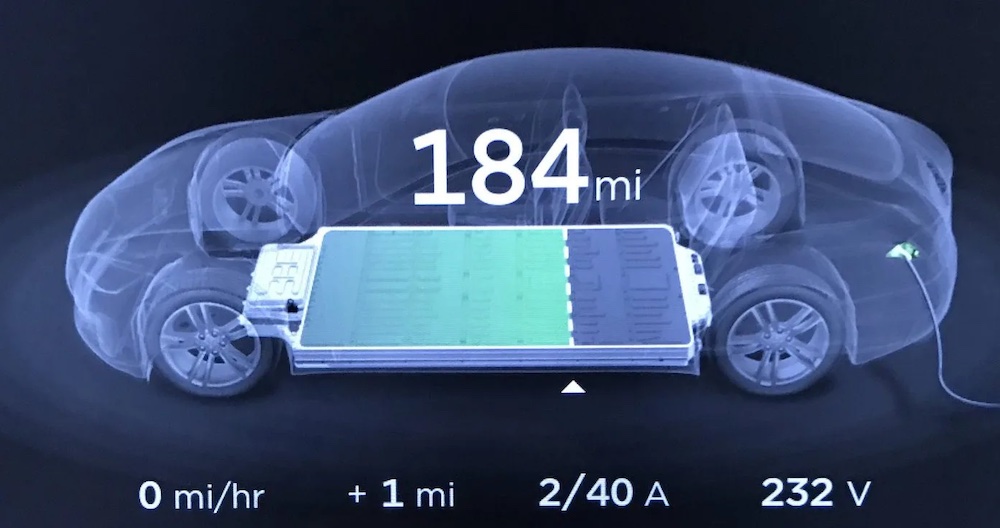
In Tesla’s early days, they offered cars with difference range and battery size. Eventually, it became just one battery size with range limited via a software lock. For example, the Model S 60 and Model S 90 had the same 90 kWh battery. The S 60 was software limited to 60 kWh.
Later, Tesla offered owners the option to unlock the battery for an additional cost. The upgrade even include changing the badge and screen display to reflect the new model. Tesla has since phased this out, but the company still used software-locked battery packs when doing warranty replacements of battery. If you need to replace the battery on an old Model S 60 today, you would get a 100 kWh battery pack that would be software limited to 60 kWh.
There is nothing really wrong with this. After all, you bought a Model S 60, not a Model S 100. However, a situation came up where a customer bought a used Model S 90 that used to be a Model S 60, and it has created a PR crisis that Tesla has completely mishandled.
Car is sold twice since, and now has a new owner (my customer). It says 90, badged 90, has 90-type range.
He has the car for a few months, goes in and does a paid MCU2 upgrade at Tesla after the 3G shutdown.
All goes well. The upgrade is done, car is working fine.
(2/*)
— Jason Hughes (@wk057) July 25, 2022
The customer had the Tesla service center upgrade the car computer to work with LTE since Tesla is shutting down 3G. After the service, Tesla called to say they found an error in the vehicle configuration and would send an over the air update to fix it. The fix reverted his car back to a Model S 60 and locked away 1/3, or 80 miles, of range from his battery pack.
The customer tried to explain to Tesla that he bought the car as a Model S 90 and and asked them to unlock his battery, but Tesla told him that he would need to pay $4,500 to unlock the full capability.
Imagine walking out to your car to find it's now 1/3rd as good as it was 15 minutes ago, and Tesla making it out like this is a good thing! They fixed the problem!
What do you do?
He tried for a while with them with no progress.
(5/*)
— Jason Hughes (@wk057) July 25, 2022
It was only after this thread went viral on Twitter that Tesla reached out to the customer to say they would “take care of it right away.” As of this morning, the customer has his full 90 kWh battery back.
Following up:
This customer has his full 90 back as of this morning. ?
Another customer in a similar boat is also in touch with Tesla and should be getting taken care of by the end of the week.
I'm hoping this helps drives some policy improvements on their side! ?? https://t.co/rnYQRBBHLm
— Jason Hughes (@wk057) July 27, 2022
While it’s good to hear that Tesla fixed the issue, the issue should have never happened in the first place. The car started out as a Model S 60 but somewhere along its life it was upgraded to a Model S 90, and the customer bought it as a Model S 90. For Tesla to demand an additional $4,500 to give him what he had already paid for is inexcusable. Maybe they shouldn’t have gotten rid of their PR department.